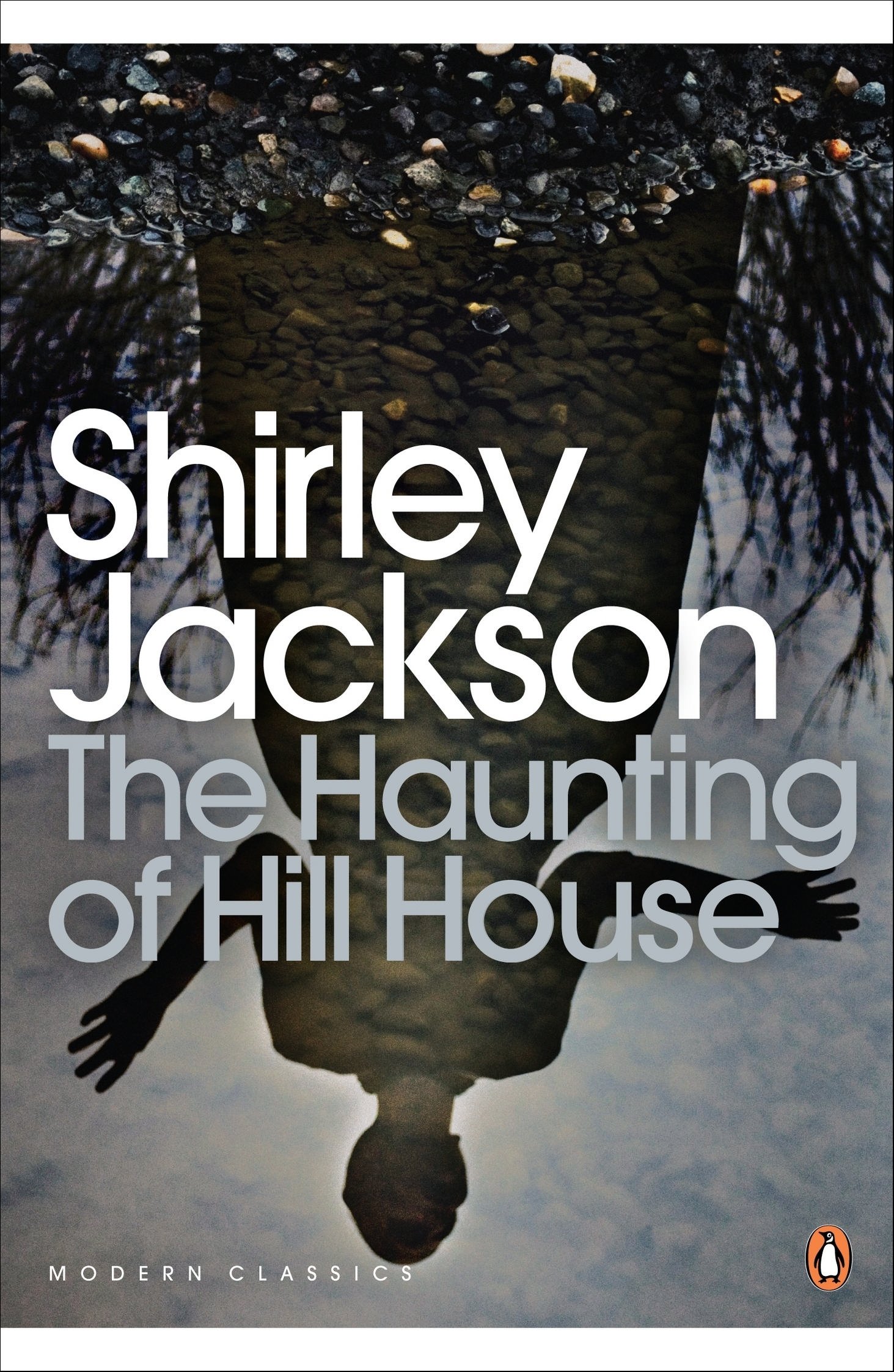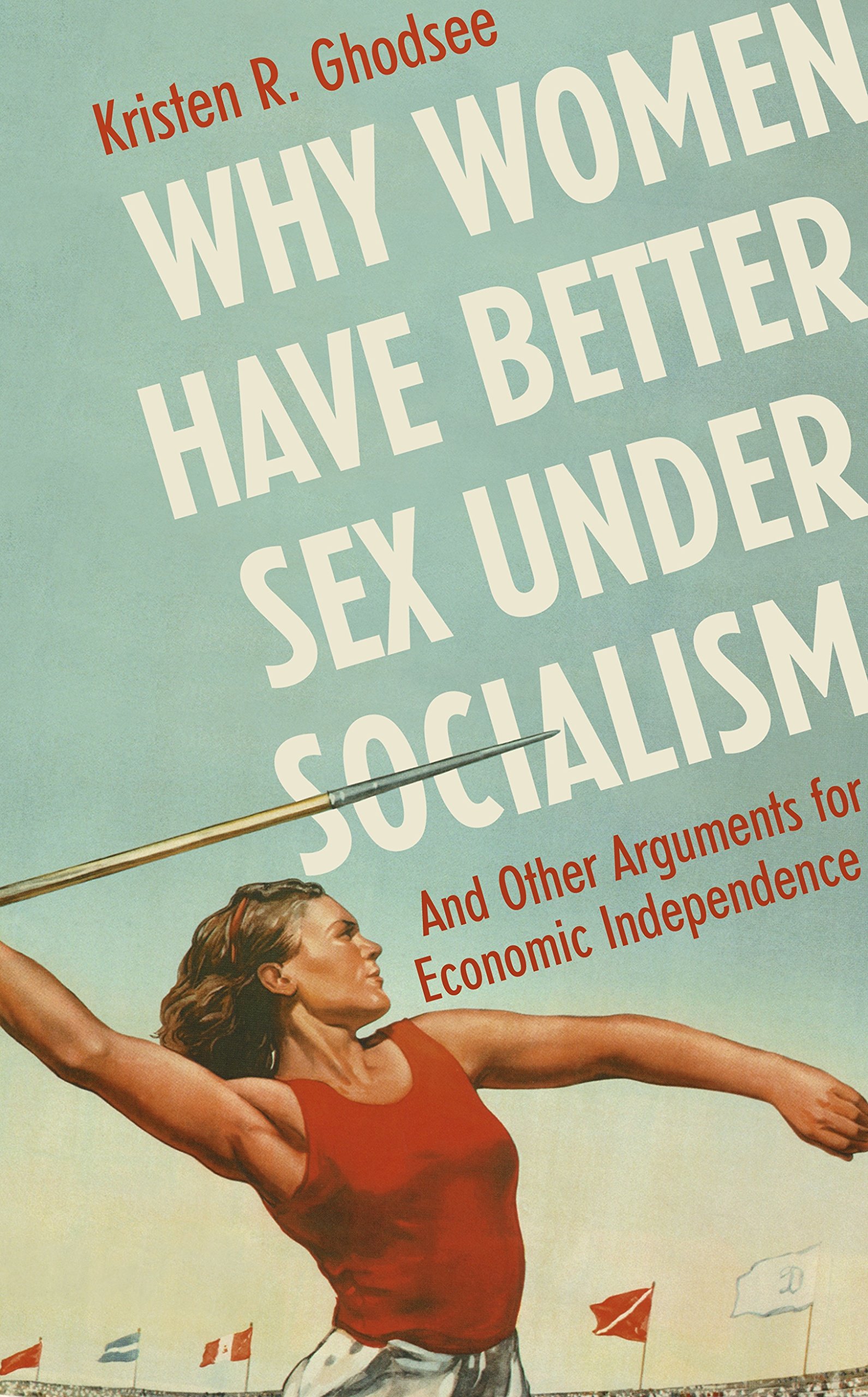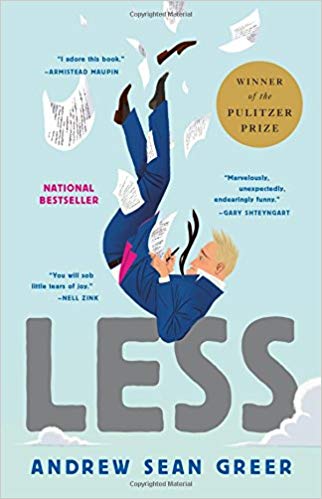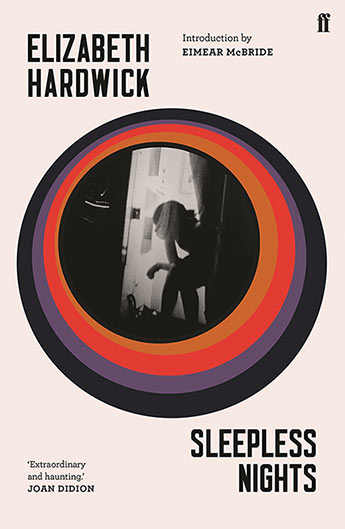Every year I set myself a reading target – this year I am aiming for 24. In this regularly-updated post I’ll add each book I read as I finish it with a small review for anyone looking for some reading recommendations (or who wants to know what to avoid!).
Click here for reviews of books 1 – 5 this year (Including Killing Commendatore, Slaughterhouse 5, Conversations with Friends, Authority and This is Memorial Device)
Click here for reviews of books 6 – 10 of this year (Including Murphy, The Party, Soviet Milk, Rabbit, Run and The Tango Singer)

The Haunting of Hill House by Shirley Jackson
I’ve written not one but two blogs on how much I enjoyed the TV adaptation of The Haunting of Hill House so it was pretty much inevitable that I’d pick up the source material. The fundamental story of Jackson’s novel is changed in the TV show but it shares a lot of the same DNA. Most significant is that the original novel doesn’t focus on a family – in fact there are no children – but on a group of adults invited by pseudo-scientist Dr Montague to live in a haunted house for the summer.
Some details do remain the same – such as the characters names (Nell, Theo, Luke, the Dudleys). And, while the relationships between them are different, Mike Flanagan’s TV series also maintained (and extrapolated) the broad personalities of the characters established in Jackson’s novel. Many of Flanagan’s set piece scares also come straight from the page (they’re equally as chilling in writing) although the novel has a lore of Hill House that those who watched the TV series won’t be familiar with.
The book is a brilliant ghost story in its own right, and it’s scares and myths are so original that it is very easy to understand why this has been such an attractive source for so many adaptations. But like the TV show, where it really succeeds is in the characters Jackson created – they are so real and complicated and relatable that you are immediately drawn to them understand the motivations behind actions that in other horror stories are incomprehensible. The pinacle of this is Nell – whose point of view the story is told from – so tragic and human and doomed. The novel’s equal serving of human drama and super-natural scares makes it a gripping read.
“Hill House, not sane, stood by itself against its hills, holding darkness within; it had stood for eighty years and might stand for eighty more. Within, walls continued upright, bricks met neatly, flaws were firm, and doors were sensibly shut; silence lay steadily against the wood and stone of Hill House, and whatever walked there, walked alone.“
The Haunting of Hill House
Why Women Have Better Sex Under Socialism by Kristen R Ghodsee

Sick of losing arguments to people who were, frankly, better informed than me – I have made a concerted effort to read more about economics, picking up the likes of Freakonomics, The Undercover Economist, and 23 Things They Don’t Tell You About Capitalism (I’d recommend all of those). I guess Why Women Have Better Sex Under Socialism would sit in that camp, but it also crosses a few of my other interests: history and politics at large, socialism and feminism as specific fields. In short, this book is very “me”.
Why Women Have Better Sex Under Socialism takes the original premise from Ghodsee’s 2017 New York Times editorial of the same name, and expands the argument beyond just sex life. It’s a manifesto of why women’s lives overall could be made better through socialism – covering work life, motherhood, and power, as well as happiness in the bedroom. Using historic and contemporary data, she demonstrates the links between the two ideologies of socialism and feminism, and highlights their symbiotic nature and goals in their mutual interest. Her aim is to shake off the stigma associated with socialism in the US and beyond, and to encourage readers to think critically about capitalism and whether it is serving them. She makes a very compelling case that it is not.
In many ways this book is the perfect antidote to Rabbit, Run – which hung on American-capitalist masculinity – by showing that there is a fairer, happier and more fulfilling way for women and men both to live in society. What Ghodsee makes clear is that an economic system does not stop at the workplace or at the shops – it affects every aspect of our society from the way we choose to spend our personal lives to the way we treat each other. She points out that the capitalist system we currently live under is a “pretty savage version,” which gives little to equality and instead perpetuates gender roles and traditional power structures. I consider myself to be fairly left wing, and even for me it exposed some uncomfortable truths, such as how ingrained in our collective consciousness it is to accept capitalism as the “right” system and not promote socialist or feminist alternatives.
Ghodsee wraps up the book with a brilliant reminder that this is not the way it has to be. The world can and will change, whether we want it or not. In the wider scheme of human history, the popular capitalist – right wing consensus is nothing but a blip, and could come crashing down as quickly as the Berlin Wall did. On the eve of Boris Johnson becoming UK prime minister, this was a very welcome and reassuring message.

Back to books about people having a crisis and running away from their lives (is this the most common plot in modern literature?). Less, however, separates itself from the pack with it’s good sense of humour. This is definitely the most fun I’ve had with a book this year.
Arthur Less, the titular character of this Pulitzer-Prize-winning-novel, begins the story in crisis. He’s been invited to the wedding of his ex long-term boyfriend and, unable to handle that situation, makes the drastic decision to travel around the world. Each chapter follows Less on a different leg of his trip- Mexico, Italy, German, France and so on – and as his adventures unravel, so does the story of Less’ life.
Based on that concept, by all rights this book should be trite nonsense. Tourist destinations and “self discovery”. But the character of Less – a second rate writer, nearing middle age and trying to make sense of the most meaningful relationships in his life – is so well drawn by Greer, and with such affection, that you can’t help but understand and love him. The resulting book is witty, captivating and – by the end – actually profound and moving, which is not something I say often. A real treat.

The Falconer crossed my Twitter feed right as I was looking for novels set in New York for my trip this September. I’ll admit I was drawn in by the beautiful cover, the many comparisons between the protagonist and Holden Caulfield, and the promise of a glimpse of coming of age in the ‘90s New York. The novel follows Lucy Adler – a Jewish-Italian, 17 year old New Yorker who is a force to be reckoned with on the basketball field but – like all teenagers – is trying to navigate high school, the throws of unrequited love, and find her place in the world.
I’m going to front-load this review with my criticism, which is that the strength of the story and characterisation was sometimes sacrificed in order to make a point – and sometimes many points. There is a two page section were Lucy vents internally (i.e. to the reader) about her perception of the banality of middle aged life, the vapidness of western standards of beauty, how Amercian consumerism aids this shallowness, and wraps it all up by condemning the mass production of meat. I believe a novel can and should look to have an argument and I am actually in agreement with each of the issues she raises. But having so many opinions forced at once did jar and, combined with some stylistic inconsistencies (where the narrative jumped from descriptive realism to Trainspotting-esq diatribes), the novel sometimes felt like it was slipping into YA territory.
That said, the novel it at its best when Czapnik hones in on its core theme – the experience of a young woman in a world dominated by men. Lucy’s interactions with Violet and Max, two female artists in their mid-twenties, and the lessons she learns from them are the very heart of the book. These sections culminate in a very moving scene where Lucy confronts her mom on her decision to sacrifice her career in order to have a family. It’s a brilliant interaction on an issue that you rarely see vocalised, and the book is worth reading just for that. The Falconer works because of its creation of real-to-life, relatable characters who are flawed and human. As much of the praise around the book has noted, this is most true of the protagonist Lucy, who you’d have to be a psychopath not to empathise with. This made the book easy and compelling, and it had that very rare and brilliant quality of making you feel like these are real people that you know and want to spend time with.

Sleepless Nights by Elizabeth Hardwick
The second of the books I picked up to prep me for New York, Elizabeth Hardwick’s Sleepless Nights delivered on its promise of many stories of the city from the ‘40s to the ‘70s. Blurring fiction and memoir, the novel splices together moments, jumping around in time and place and telling the tales of characters in Elizabeth(also the name of the protagonist)’s life. We’re told of past-loves, strange couples in Amsterdam, and communists in America. My personal favourite sections are on the protagonist’s mother, and a particularly compassionate account of Billie Holiday.
This is a novel without an overall plot, and rarely ever a central protagonist – characters are followed without explanation as if on a whim. So if you like a structured novel, this mightn’t be for you. But plot isn’t for everyone. According to the preface, Harwick herself commented:
“If I want a plot, I’ll watch Dallas”.
What you should read this book for is the quality of the writing, which is creative and poetic in a fashion I’ve never come across before.
In its semi-autobiographical content, it isn’t a million miles away from Capote’s Music for Chameleons. In style, it actually isn’t far off This is Memorial Device in its honest depiction of different lives in a time and place. And that really is the theme of the book – showing the wonder of people’s lives with all of their bumps and imperfections. I listened to an interview recently with Simon Amstell where he said there was nothing as funny as reality. This book seemed to be using truly brilliant and poetic writing to show there is nothing as beautiful either.
Did you enjoy this blog, a book that features on it, or have any good reading tips of your own? Please share on your social medium of choice! @Shoot_thePoets
2 thoughts on “My reading list 2019 [books 11-15]”